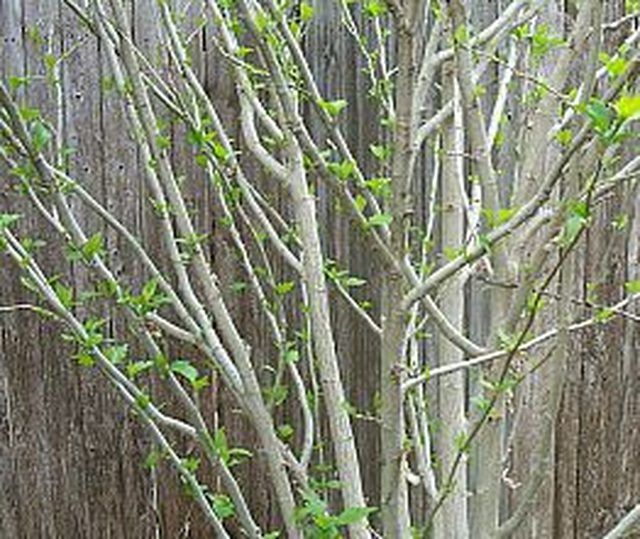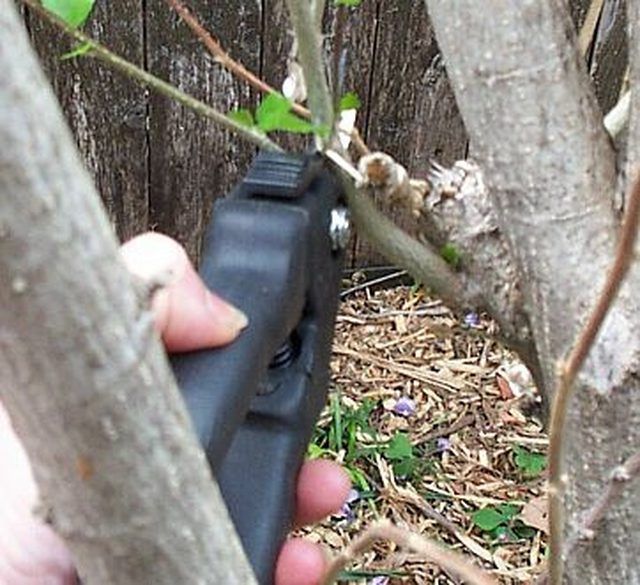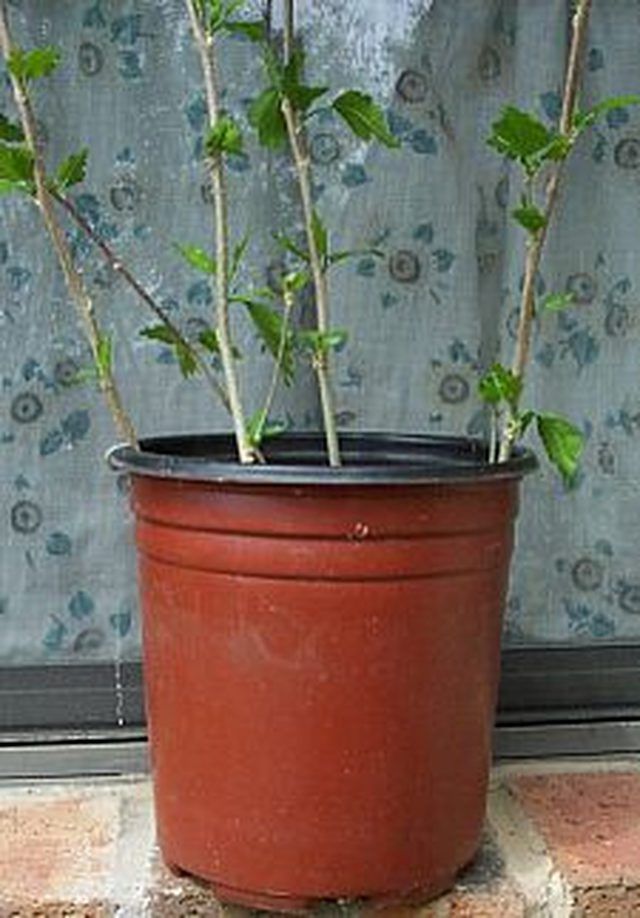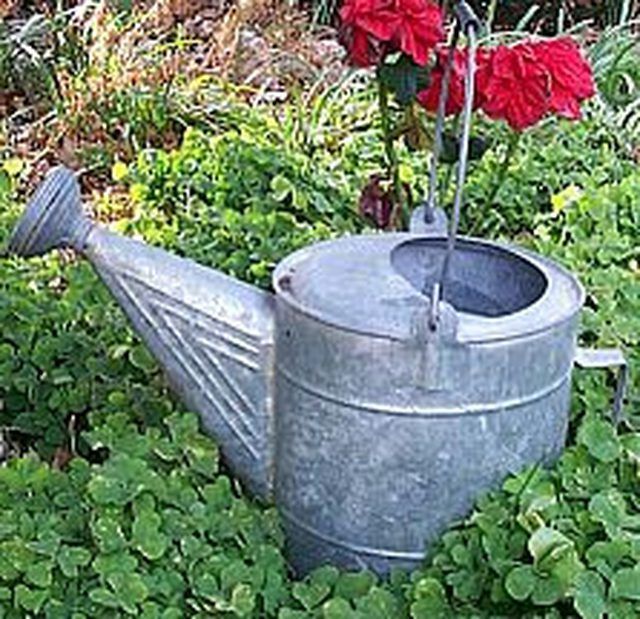Bulbs
Flower Basics
Flower Beds & Specialty Gardens
Flower Garden
Garden Furniture
Garden Gnomes
Garden Seeds
Garden Sheds
Garden Statues
Garden Tools & Supplies
Gardening Basics
Green & Organic
Groundcovers & Vines
Growing Annuals
Growing Basil
Growing Beans
Growing Berries
Growing Blueberries
Growing Cactus
Growing Corn
Growing Cotton
Growing Edibles
Growing Flowers
Growing Garlic
Growing Grapes
Growing Grass
Growing Herbs
Growing Jasmine
Growing Mint
Growing Mushrooms
Orchids
Growing Peanuts
Growing Perennials
Growing Plants
Growing Rosemary
Growing Roses
Growing Strawberries
Growing Sunflowers
Growing Thyme
Growing Tomatoes
Growing Tulips
Growing Vegetables
Herb Basics
Herb Garden
Indoor Growing
Landscaping Basics
Landscaping Patios
Landscaping Plants
Landscaping Shrubs
Landscaping Trees
Landscaping Walks & Pathways
Lawn Basics
Lawn Maintenance
Lawn Mowers
Lawn Ornaments
Lawn Planting
Lawn Tools
Outdoor Growing
Overall Landscape Planning
Pests, Weeds & Problems
Plant Basics
Rock Garden
Rose Garden
Shrubs
Soil
Specialty Gardens
Trees
Vegetable Garden
Yard Maintenance
How to Propagate Rose of Sharon to Get and Give New Plants
How to Propagate Rose of Sharon to Get and Give New Plants. Nothing beats the beauty of a Rose of Sharon when in bloom during the summer and autumn. Rose of Sharon is a small flowered Hibiscus variety with lots of style and it keeps coming back year after year. Sometimes the plant marker at a garden shop may say Althea instead of Hardy Hibiscus...

Nothing beats the beauty of a Rose of Sharon when in bloom during the summer and autumn. Rose of Sharon is a small flowered Hibiscus variety with lots of style and it keeps coming back year after year. Sometimes the plant marker at a garden shop may say Althea instead of Hardy Hibiscus or Rose of Sharon when giving the name for this plant. There the tropical looking single version and the ones that are called double which give the impression of carnations growing on a bush. Rose of Sharon can be let to go wild and bushy with lots of flowers. Or for a more groomed look, they can be trimmed to form a small ornamental tree in the landscape.
Things You'll Need
Growing Rose of Sharon
Pruning Clippers
Potting Soil
Gallon Size Pots
Water
You have to get your clippings at the right time of year for this to work. So in early spring watch for your current Rose of Sharon bushes to begin to make leaf buds and a few leaves. If you are planning to get clippings from the plants of a friend or relative, ask them to call you when they notice this is happening with their bushes. If you want to train your Rose of Sharon to be a small tree rather than a bush, then this is the prefect opportunity to begin that practice as well.

You will need to clip off branches that are about pencil-width or a little smaller into what will be stems of your new plants. These should be between 12 to 20 inches long with several leaves or leaf buds. Be sure to save more branch stems than you need since not all of them will sprout into new shrubs.

Clear the bottom 4-5 inches of leaves and any tiny branches that may be on the trimmed branches. Then push about 4 inches of the stem into good potting soil. You may put up to 4 stems in a single gallon size shrub pot. New roots will grow from the stem portion that is in the potting soil. Most of the plants should root within 3 months. If you see the leaves drop off, don't worry the stems may still be rooting and are just in shock from the trimming process. You will see new green leaves form on the branch stems that have rooted.

Place a tray under the pot and water immediately. Leave any run off in the tray for the soil to draw up so it remains moist to encourage the rooting process. Check the soil every few days to make sure it remains moist. Add more water if needed, but after the initial watering it does not need stand in water as being overly soaked may cause the stems to rot.

If the new plants start to grow leggy, you may want to trim off the tops to encourage more branching rather than having a long stick of a plant. Do not remove the new plants from the pots until they have a very good root system. It may be autumn before you should consider removing from pots and placing in the ground. If you plan to share your new plants with others, wait until then to pass on the new plants by transplanting each plant into individual pots.